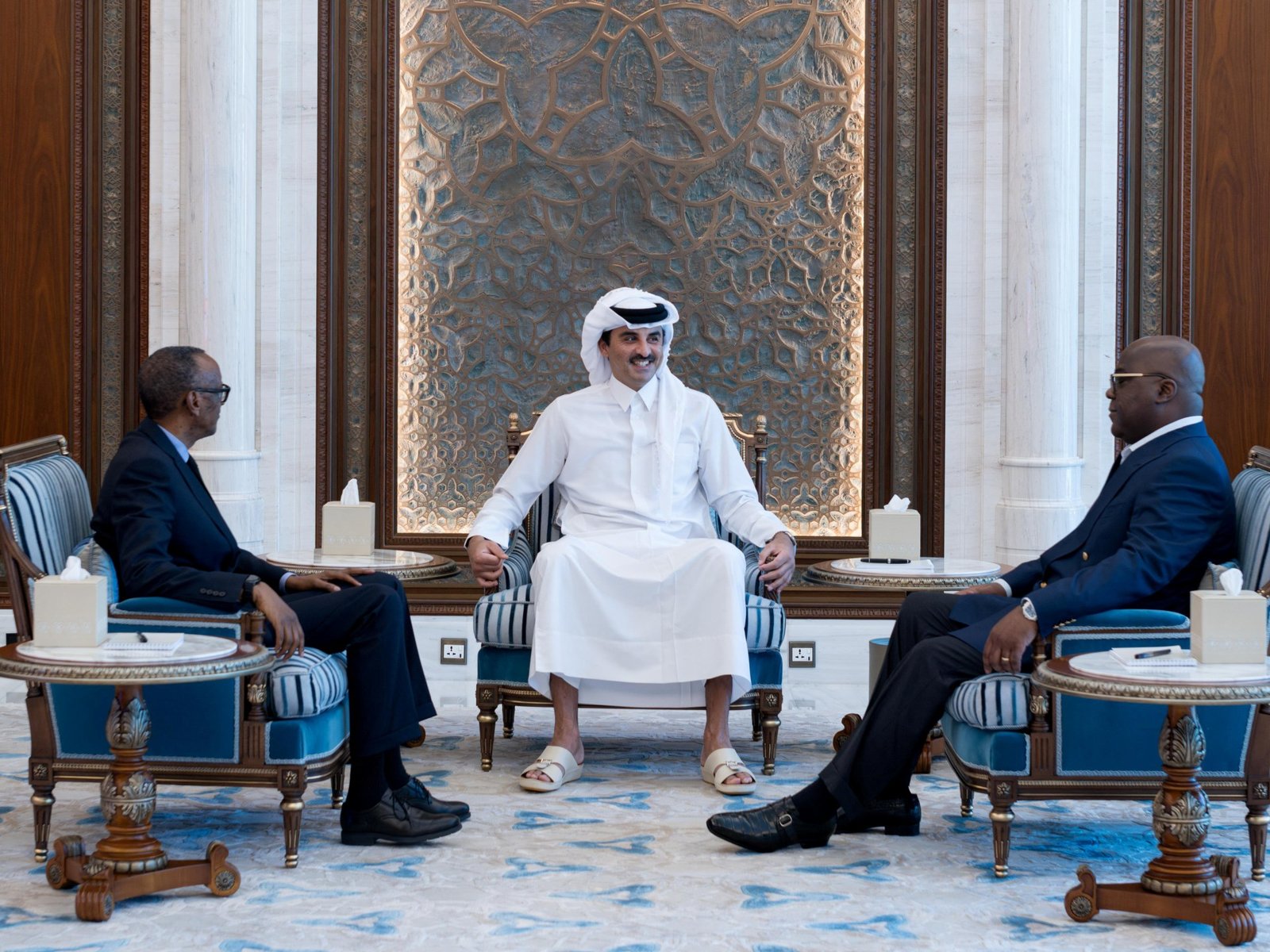Conflict Zones
Congolese, Rwandan leaders meet in Qatar, call for ceasefire in eastern DRC | Conflict News

The three countries call for ‘immediate and unconditional ceasefire’ in eastern DRC.
Democratic Republic of the Congo (DRC) President Felix Tshisekedi and Rwandan President Paul Kagame have held direct talks for the first time since Rwanda-backed M23 rebels seized two major cities in eastern DRC.
In a joint statement issued with Qatar, whose emir mediated the talks in Doha, the countries called for an “immediate ceasefire” in eastern DRC.
“The Heads of State then agreed on the need to continue the discussions initiated in Doha in order to establish solid foundations for lasting peace,” the statement said.
The DRC has accused Rwanda of sending weapons and troops to support the M23 rebels, which Rwanda has denied.
The talks came after M23 representatives pulled out of a planned meeting with the DRC government in Angola on Tuesday, after the European Union imposed sanctions on some of the group’s senior members, including leader Bertrand Bisimwa.
In a statement, M23 said the sanctions “seriously compromise direct dialogue and prevent any advance”.
The EU also sanctioned three Rwandan military commanders and the country’s mining agency chief over support for the M23 fighters.
The conflict in eastern DRC escalated in January when the rebels advanced and seized the strategic city of Goma, followed by Bukavu in February.
M23 is one of about 100 armed groups that have been vying for a foothold in the mineral-rich eastern DRC near the border with Rwanda. The conflict has created one of the world’s most significant humanitarian crises, with more than 7 million people displaced.
The rebels are supported by about 4,000 Rwandan troops, according to United Nations experts.
